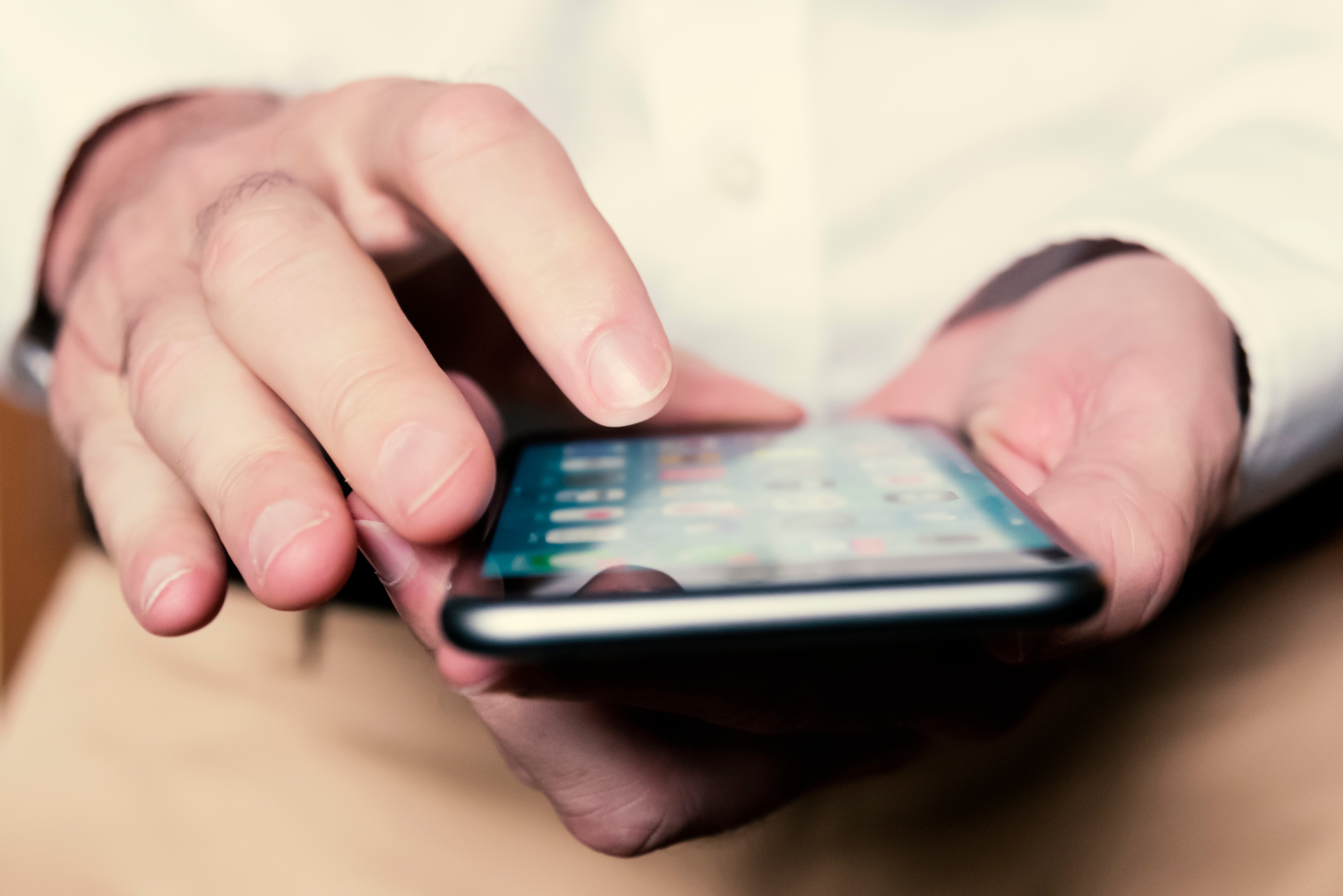Nagish’s Service Directory: Your Key to Hassle-Free Support
Nagish’s Service Directory is a centralized hub that simplifies contacting service providers, helping users quickly connect with the services they need!
.png)
At Nagish, our mission is to make communication accessible for everyone by breaking down barriers and fostering seamless connections. The Nagish Service Directory embodies this mission by serving as a centralized hub for accessible customer service. With this new tool, we’re simplifying the process of contacting service providers, ensuring that users can quickly and effortlessly connect with the services they need when they need them.
Introducing: The Nagish Service Directory
Contacting customer support can be a hassle, so we’ve made it easier for you. , Nagish will show you the contact information for hundreds of service providers—right within the Nagish app. Whether it’s airlines, government offices, banks, or more, it’s all just a tap away.
And there’s more! You now have free access to ChatGPT through the Nagish app! Find it under the Service Directory.
Seamless Accessibility: Everything You Need, in One Place
The Service Directory is not just a feature; it’s a major leap toward simplifying access to services for everyone. It offers a streamlined way to connect with the services you rely on without unnecessary hurdles or delays. Here’s what you’ll find:
- Accurate Phone Numbers: Direct lines to customer support teams.
- Open Hours: Know exactly when service centers are available.
- Additional Contact Details: Email addresses, websites, and other key points of contact.
- Key Provider Information: Specific details about services offered by each organization.
Say goodbye to endless Googling or waiting on hold. With Nagish, getting in touch with customer support is fast and easy.
Free Access to ChatGPT
As an added bonus, Nagish users now have free access to ChatGPT directly through the app. Whether you need help drafting a message or practicing a conversation, this feature is available within the Service Directory under the "Phone Book" section.
Fully Integrated and User-Friendly
The Nagish Service Directory is designed to enhance efficiency and accessibility. Everything is seamlessly integrated into the Nagish app, eliminating the need to switch between multiple tools. This unified approach allows users to focus on their needs rather than navigating complex processes.
How to Use the Nagish Service Directory
Getting started is simple. Open the Nagish app and navigate to:
Phone Book → Service Directory
From there, you’ll have all the resources you need to connect with customer support at your fingertips. Whether it’s booking a flight, resolving an issue with your bank, or accessing government services, Nagish ensures a smooth and stress-free experience.
With the Nagish Service Directory, we’re taking another step toward inclusive communication and making customer service more accessible, efficient, and user-friendly. Join us in creating a world where everyone can connect effortlessly.







.jpeg)





